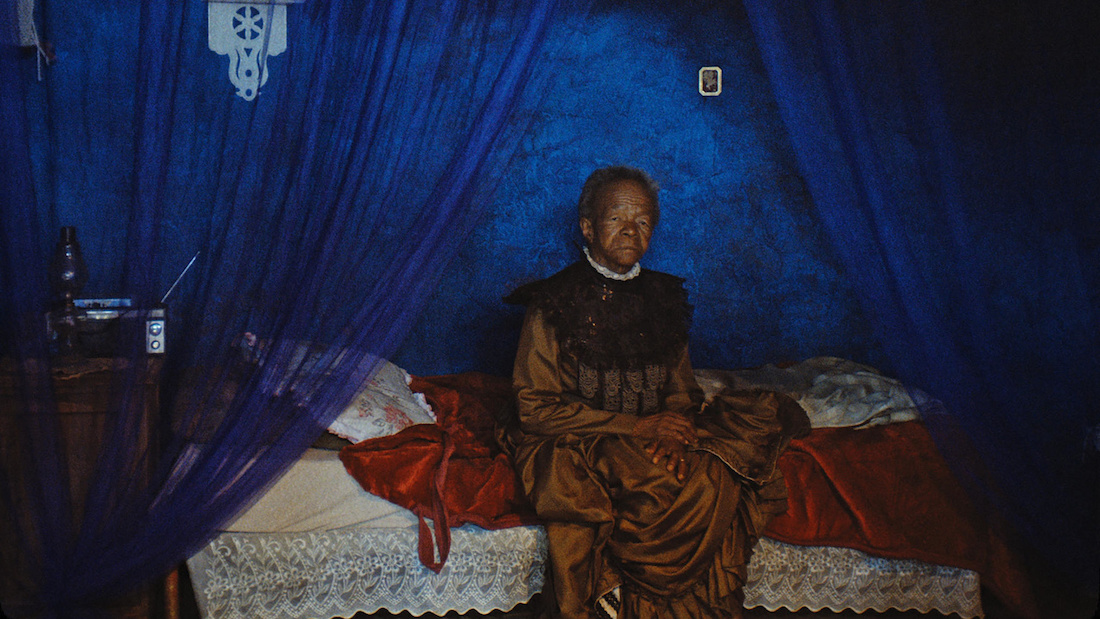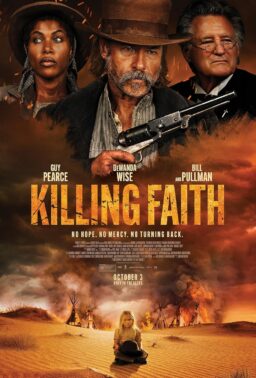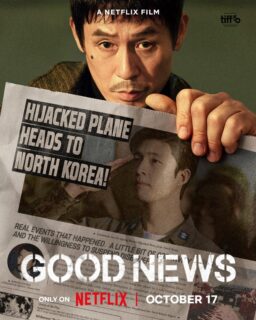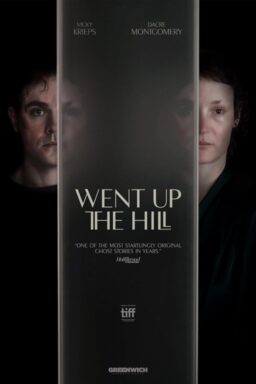“I saw with my own eyes, the dead burying their own dead.”
In the opening scene of Lemohang Jeremiah Mosese’s “This Is Not a Burial, It’s a Resurrection,” we see smeared glimpses of a horse that is about to be speared. Using the step-printing technique made famous by Wong Kar-wai, the distressing images have a haunting effect. They look like fragments of a traumatic memory that disrupt the thoughts of an individual who has seen too much during his lifetime. The camera then introduces us to the individual who spoke those above words, an old man sitting in a dodgy bar late at night. He takes out a lesiba (a traditional flute-like instrument) and begins narrating the tale that is about to unfold before our eyes. The way he articulates his words is reminiscent of how people recite the old legends that are in danger of being forgotten and washed away by the passage of time. This old man embodies the director’s burning need to tell this story, one that is nothing short of miraculous. In fact, “This Is Not a Burial, It’s a Resurrection” is as unforgettable as any film I’ve ever seen.
The narrator transports us to a small village in Lesotho known as the Plains of Weeping. There, we meet our protagonist, Mantoa, played by Mary Twala Mhlongo. We learn that she just lost her son due to a mining accident in South Africa. She is the last surviving member of her family; both her parents are gone, so is her husband, her children, and her granddaughter. The old widow longs for nothing more than to be departed from this earth. Filled with contained rage, she takes a vow of silence in defiance of the cards that life has dealt her. However, after she learns that the king has ordered her whole village, including the burial site of her loved ones, to be relocated elsewhere, she channels the anger she had towards God and redirects it to the authorities. Before she had nothing left to lose; now suddenly, she has everything to lose. This sparks a fire in her that can’t be extinguished by anyone or anything. You can almost see it in her gaze as her eyes pierce empty space. She can see right through the deceptive lies and pleas to move for the sake of “progress.”
Upon further research, I learned that projects to build dams in Lesotho began with the Southern African Apartheid. The water produced by these dams goes directly to South Africa leaving only a fraction of what is left to the Kingdom of Lesotho. Of course, to a native like Mantoa, there is no benefit here. The idea of “progress” becomes meaningless when it comes at the cost of the annihilation of culture and history. This film’s micro story of an individual’s resistance to fight for the land of her ancestors gradually exposes an entire nation’s fall to environmental imperialism.
Forced displacement of a people in the name of progress is practiced all over the world. The reason can vary in complexity and scope depending on the country where it is happening. Some are displaced due to war, genocide, ancient religious disputes, or even something as trivial as better infrastructure. History is one long story of the strong preying on the weak. At one point in this film, the villagers gather to write a letter to the king. One of them utters words that ring so true: “Every time I say the word progress, my tongue literally rolls backwards.”
As they write the letter, there’s a brief internal quarrel on how they should address the authorities. One of them says they should be straightforward and rid the letter of any romantics. To which the village priest quickly replies, “Writing is like a song or a dance. Is that not so? I hope that I am entrusted with the task of writing because of my skill, not because none of you can write.” I couldn’t help but think of the producers of this film and how they entrusted the director by giving him the freedom to shoot his film the way he wanted to shoot it.
Mosese’s first narrative feature benefits significantly from the fact that he never went to film school. Free from the constraints of traditional cinematic language and formula, Mosese drags the art form into uncharted territory. Rebellion is etched in the fabric of this film; everything from the way it is structured to how it was shot and written feels revolutionary. His visual approach, accompanied by an ethereal musical score composed by Japanese musician, Yu Miyashita, is dreamlike, visionary, and otherworldly. And even though films about political upheaval are as old as the medium itself, “This Is Not a Burial, It’s a Resurrection” further reinstates the notion that it’s not just about the story, it’s about how you tell it. This film is arguably the most inventive cinematic work to come out of Africa since the work of Djibril Diop Mambéty.
Cinematographer Pierre de Villiers proves to be a poet of light and shadow. There are scenes when the screen is filled with pitch-black darkness, and the occasional burst of lightning reveals fleeting seconds of breathtaking beauty. He also captures the essence of Mary Twala Mhlongo’s character through intense close-ups of her face. Much like Renée Jeanne Falconetti’s towering presence in Carl Theodor Dreyer’s “The Passion of Joan of Arc,” Mhlongo commands the screen in silence; her face displays a landscape of emotions as she shifts from destructive grief to furious anger.
This film’s sense of bewilderment and intense grief felt sadly all too familiar when I viewed it in the context of the post-pandemic world. Having lost both my grandmother and my father in a span of three months, Mantoa’s grief resonated with me deeply. Our narrator stresses that during times of struggle we must have faith in the benevolence of God, but the film also addresses the indifference of God and nature when it comes to humanity.
<span class="s2" <this="" sense="" of="" bewilderment="" and="" intense="" grief="" felt“This Is Not a Burial, It’s a Resurrection” wrestles with how there are many different types of deaths; the death of the individual, the death of land, and the death of identity. But the film is also about rebirth, as when the priest insists that times are changing, and they must adapt to change. Mantoa tells him that if this happens, there will be no meaning to life, no meaning to the deaths of the ancestors of her land. I couldn’t help but think about how many tribes vanished because they were forced to adapt. How many languages have gone extinct? How many cultures have faded away due to the surrender to modernity and change? But this landmark of African cinema isn’t about the cultures and languages that went out silently; it’s about the ones that stood their ground in defiance.
“This Is Not a Burial, It’s a Resurrection” is now streaming exclusively on The Criterion Channel.











